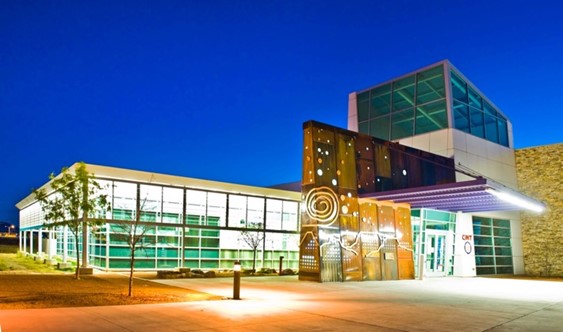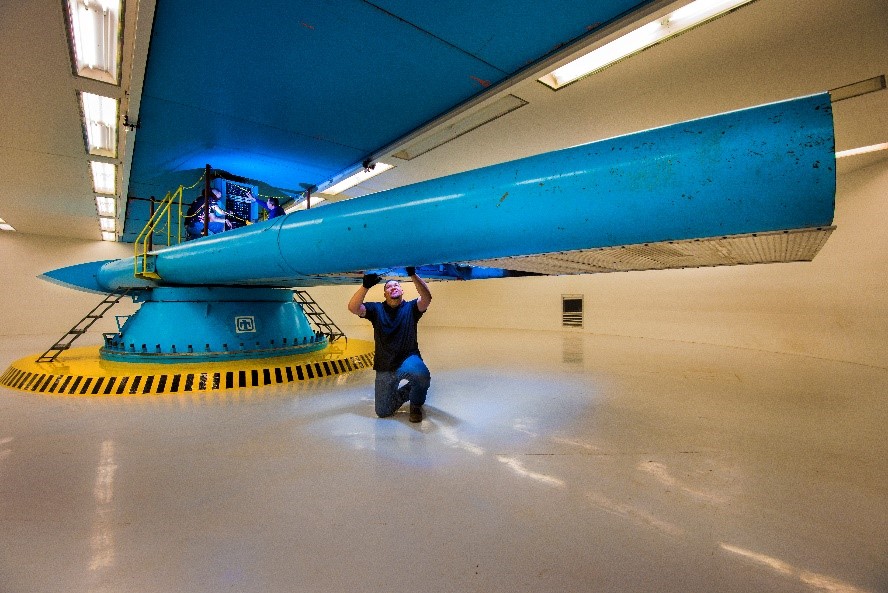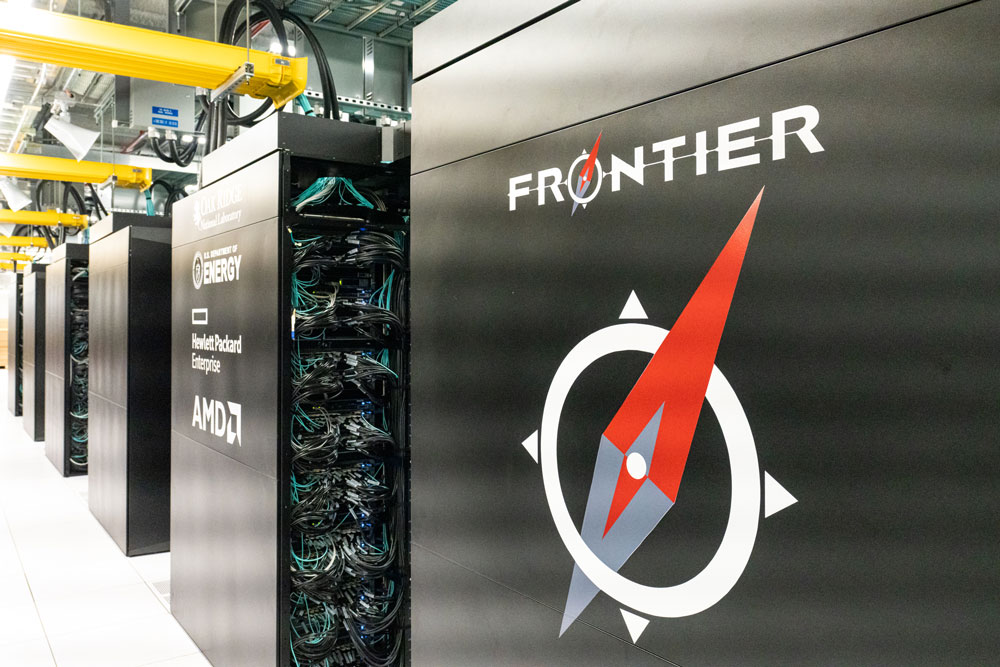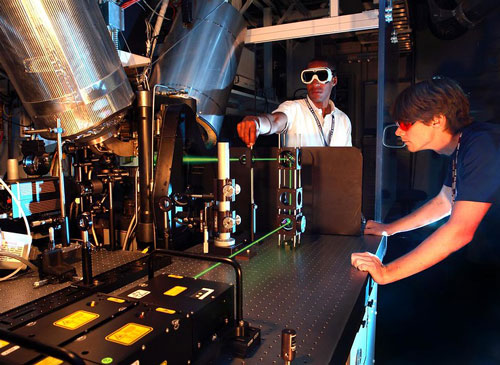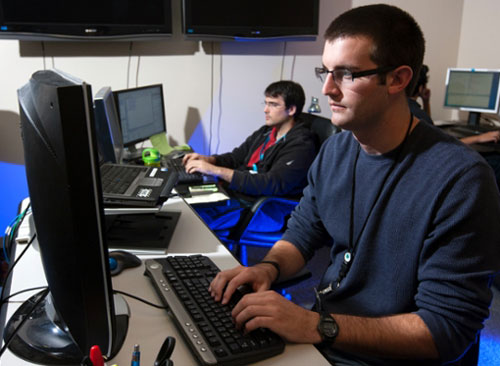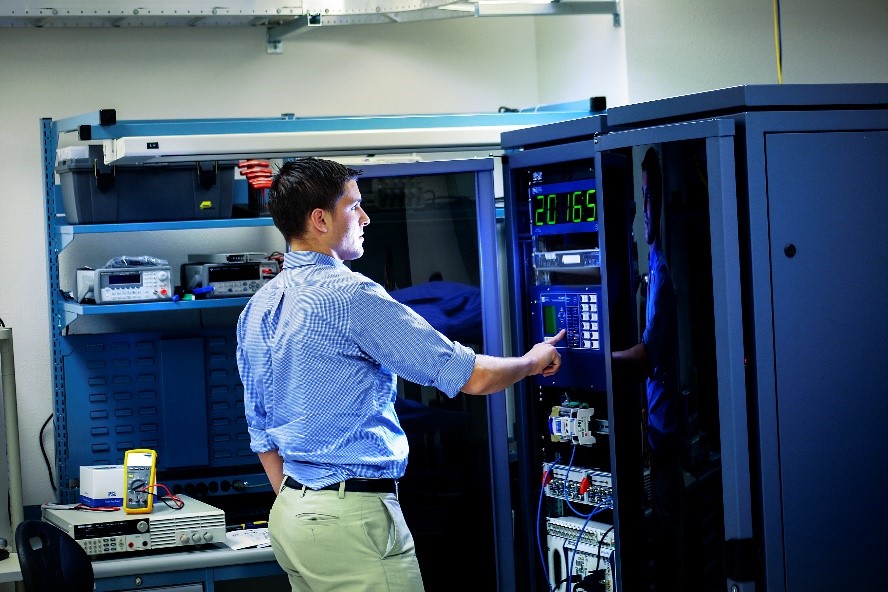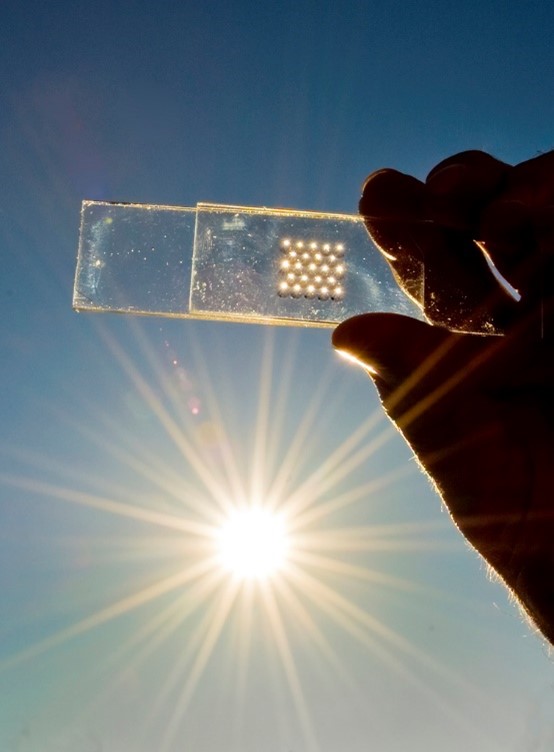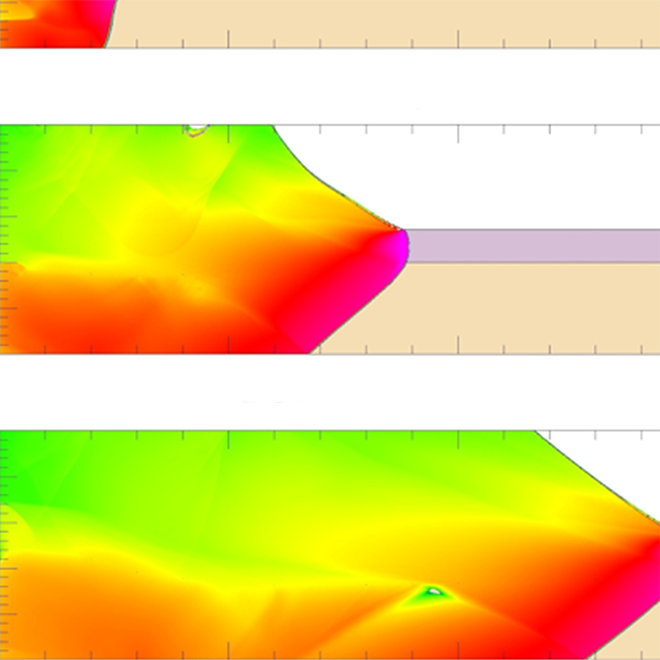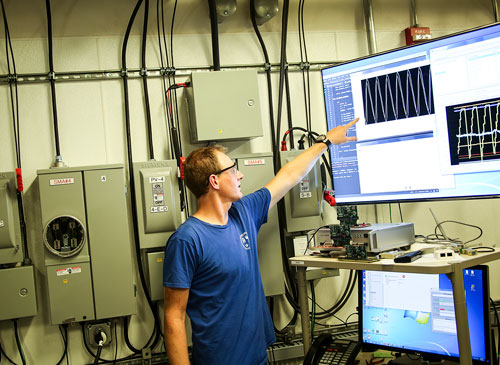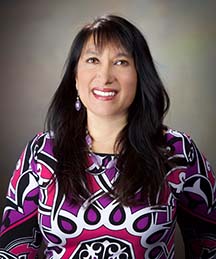Page • Enhancing advanced nuclear reactor analysis Studying ship tracks Capturing atmospheric carbon dioxide through clay Sandia’s world-class work in earth, energy, and environmental science contributes solutions to areas of national importance, including energy and climate security, defense, intelligence, nuclear weapons, nonproliferation, and disaster response. Why Our Work Matters Sandia’s research in...
